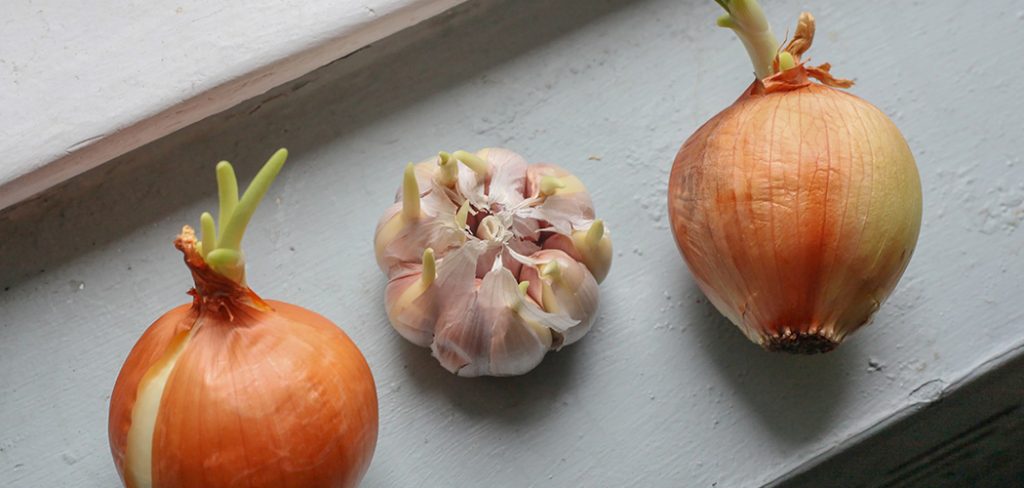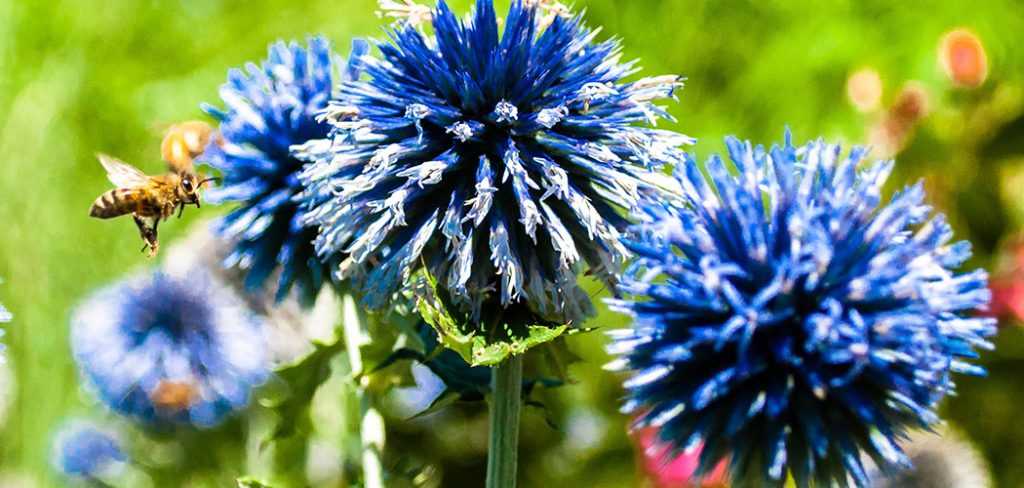If you’re curious about how to grow almonds, here’s a simple guide for you.
Because more and more species of bees are getting endangered due to climate change, there’s also less pollination happening in plants and crops, and almonds are also affected by them. Did you know that almond trees are completely reliant on wild and honey bees for pollination? That means that without bees, there will be no almonds. Almond farmers actually spend on renting bees just so their crops could be pollinated.
Can you imagine a world without almonds? There would be no marzipan for your pastries or almond flour for those beautiful French macarons. Almonds can also be enjoyed raw or roasted, as well as processed to become oil, butter, or milk.
It also offers a lot of health benefits such as preventing oxidative damage, cancer, and heart diseases, controlling cholesterol and sugar levels, boosting bone health, and lastly, helping to manage weight.
Almond Seeds
Almond trees are usually propagated through grafting, although it’s also possible to learn how to grow almonds from seeds.
To do this, you have to have a fresh, unprocessed seed. Most almonds that are being sold in the market, although labeled ‘raw’ have still been pasteurized for its required sanitation purposes. These pasteurized seeds will never grow into almond trees. If you want fresh almond seeds, go to your local almond farmer or try looking for fresh seeds online.
Because almond seeds have uncertain germination rates, even if you only want to plant one tree, you will still need to germinate about a dozen seeds. Soak these seeds in a container with tap water overnight and then drain the water. This helps the seeds germinate faster.
After draining them, use a nutcracker to expose the interior nut of the almond. Don’t crack or remove the shell completely, though. Line a container with damp paper towels and then put the nuts there. Cover the container with plastic wrap to retain moisture. Refrigerate the container for about two or three months. Check weekly to make sure that the moisture is still there.
After this process, your almond seeds should have already sprouted and grown roots. That’s when you’ll know it’s ready to be planted into a container with potting soil. Plant the seeds about an inch deep and place them on a windowsill for sunlight. Water them weekly or when the soil feels dry. Once the plant reaches 18 inches, they’re ready for transplant in your yard.
How to Grow Indian Almond Trees from Seed
Indian almonds are native to India and are adapted to grow in warmer climates than almond trees would usually require. This means that if almond trees grow in USDA Zones 5-9, Indian almonds grow in Zone 9 or higher. Here’s how to grow Indian almond trees from seed.
Start by cutting away the outer hull of the almond seed. This is quite thick and hard, so propping it open is easier said than done. Nevertheless, you will need a vice or pliers to crack the shell from the edges of the seed. Once you see a small crack or opening, lodge a screwdriver in between to open the shell further. This is so that you don’t damage the seed inside.
Once you get the seed, rinse it with water. Then, place it inside a plastic container lined with damp paper towels. Seal it and then leave it at room temperature (around 70ºF / 21ºC or warmer).
After about two weeks, your seeds should have already sprouted and grown roots. This is the time to plant them in a container with potting soil, or you can transplant them directly onto your yard, as long as the temperature of both your yard and your soil are right.
Almond Fruit
The almonds that we know and eat are actually the seeds of an almond tree. An almond fruit is not usually eaten, although they’re edible, too. Almond fruits look like green peaches and are best eaten on the same day they’re harvested. Be careful, though, as only sweet almond fruits can be eaten. Bitter almond fruits may be poisonous.
The window for having fresh almond fruits are very short before the seeds start to form and harden inside. This is why some people who have actually tried eating almond fruits say that it’s a rare delicacy.
Almond fruits are eaten whole, including the skin and the developing seed inside. Some people sprinkle them with olive oil or dip them in salt or sugar. They can be eaten raw or sliced and added to salads. There are many ways to enjoy almond fruits, so try it for yourself as it’s hard to describe exactly what it tastes like.
Almonds technically belong in the peach family. They are considered ‘stone fruits’ because of the pits in the center enshelled by an outer hull. However, take note that if you’re allergic to the fruits and plants of the same category, chances are you’re allergic to almonds, too.
Almond trees generally need about 2-3 inches of water daily during its early stages, and 2-3 inches weekly when they’ve grown taller. Once they’re ready for harvest, all you have to do is shake off the fruits from the tree and separate the hulls from the nut. Freeze the nuts for 1-2 weeks to kill residual worms and then store them in a plastic bag. That’s it!
Conclusion
Now that you know how to grow almonds, it’s time to try it for yourself so that you can always enjoy fresh almonds in your backyard. You’ll be thrilled to see your almond tree growing pretty pink or white flowers, and even more thrilled to see them finally growing into fruits.
Did you know that you can make your own almond milk at home? All you need are almonds, water, and a sweetener. Pulse them in a food processor and you’ll have your own almond milk. Easy peasy, right?
Last piece of advice: almond trees require cross-pollination to produce fruits, so it would be best to grow two almond trees side by side. If everything else seems good, I’ll leave you to start growing your own almond trees now. Happy gardening!
Read my other post on farm hacks and sustainable backyard farm.

